Heat pumps are excellent heating, ventilation, and air conditioning (HVAC) appliances because of their versatility in spatial heating, dehumidification, cooling, and even domestic water heating.
However, the versatility of heat pumps predisposes them to many problems. Failing to power on is one of the most common heat pump problems. The cause might be thermostat issues, power loss, start capacitor failure, among others.
This article explores the causes of a heat pump not turning on, troubleshooting tips, and recommendations on correcting the issue yourself or when you need to call in a professional HVAC technician if the problem is complicated.
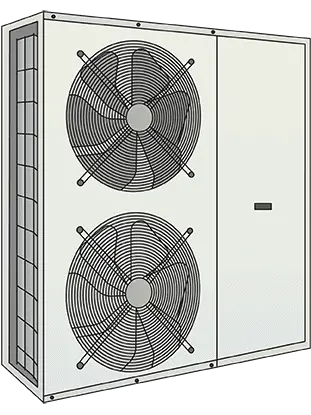
Heat Pump Terminology and Common Concepts
Heat pumps are heralded as revolutionary devices in the HVAC industry for their versatility. Their close resemblance to air conditioners makes telling them apart from ACs quite confusing. An overview of terms and concepts used around heat pumps comes in handy.
Indoor Unit: Commonly called the air handler, the indoor unit is installed inside the house – usually not less than 30 feet away from the outdoor unit. It comprises a fan and a coil.
Outdoor Unit: Most people call the outdoor unit the condensing unit or the condenser. It is installed outside the house, about four feet away, with clear space not less than 20 feet above and in front of the device. It also has a fan and a coil.
Compressor: The compressor in the outdoor unit moves the refrigerant within the system. It also pressurizes the heat pump refrigerant.
Refrigerant: The pressurized substance that moves within the heat pump and rejects or absorbs heat based on the set operating mode.
Reversing Valve: It changes the direction of flow of the refrigerant to allow the heat pump to switch between cooling and heating modes.
Expansion Valve: It regulates how the refrigerant flows and reduces the refrigerant’s temperature and pressure.
Outdoor and Indoor Fan: The fan in the outdoor unit enables heat exchange by blowing outdoor air over the coil. The air handler fan circulates air over the coil and through the air ducts in the house.
Coils: The coil in the heat pump’s indoor unit works as an evaporator during the cooling mode and as a condenser during the heating mode.
The outdoor unit coil works as an evaporator in the heating mode and as a condenser during the cooling mode.
Power Source: A heat pump is an electrical appliance that relies on electricity as the power source. Some users opt to connect their heat pump with solar panels as the power source to reduce their power bills even further.
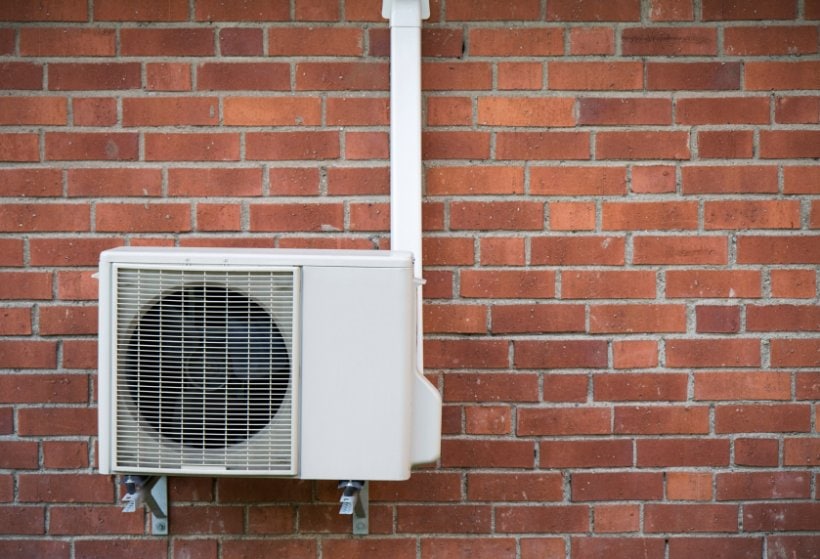
It’s important noting that these are the parts of a typical air-to-air heat pump, and other types of heat pumps like ground-source and water-source heat pumps are more complicated and comprise more components.
Common Causes of a Heat Pump That Won’t Turn On
As noted earlier, a heat pump might fail to turn on because of power-related complications, thermostat issues, start capacitor failure, or other problems. Let’s dive further into each of these issues.
1. Power Disconnection
The first thing you want to check if your heat pump fails to start is power connectivity. Since heat pumps rely on electricity as the power source, a disconnection means that the pump won’t start.
Power disconnection for a heat pump may happen in three instances.
First, someone may have accidentally flipped off the switch on the wall socket to which the heat pump is connected. In some models, it may be the pump’s power switch that has been flipped off.
Second, the heat pump may have tripped its circuit breakers due to a power surge or short-circuiting. The tripped breaker could be for the indoor unit, the outdoor unit, or even both.
Third, a heat pump will undoubtedly fail to turn on if there is a power outage in your area of residence.
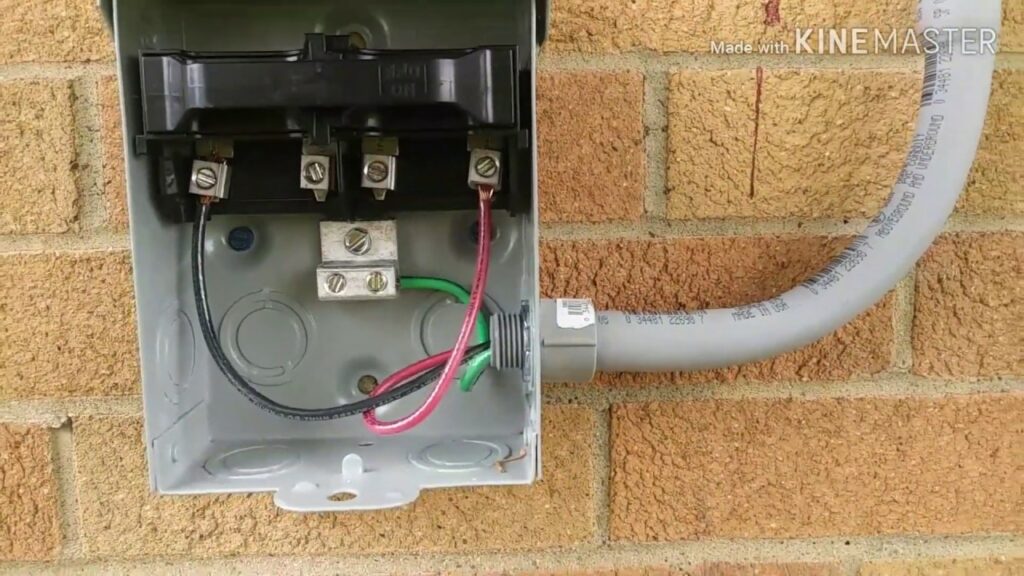
Thermostat Problems
After checking for power-related issues, the second stop is checking if there are any issues with the pump’s thermostat.
Heat pump thermostat issues that prevent the device from turning on are usually four and include incompatibility, miscalibration, electrical failure, and emergency heat mode settings.
There might be a mismatch between the thermostat and the heat pump since not all thermostats are made for heat pumps. The heat pump won’t turn on if you have set it to emergency mode, which limits most of the operations of the pump.
Miscalibration means that the pump could be set to an inappropriate temperature, while electrical failure means that the thermostat isn’t sending the right communication to the heat pump.

Start Capacitor Failure
The start capacitor’s job is to transmit the electrical charge to the heat pump motors to start them and power on the pump.
If the capacitor fails, you should hear a clicking sound in the cabinet when the heat pump tries to power on or start. Other times the pump constantly buzzes after starting.
Troubleshooting Steps for a Heat Pump That Won’t Turn On
The troubleshooting, diagnosis, and correction processes for a heat pump that won’t turn on depending on the problem causing the failure. Some issues are easy to troubleshoot and rectify, while others are complex and require the intervention of a licensed HVAC contractor.
Troubleshooting Heat Pump Power-related Issues
1. Check if your home is connected to mains electricity by checking if other electrical devices are on and functioning. If there is no power connection, that train has left the station, and you’ll have to wait until power is restored in your area.
2. If your home is connected to mains electricity, check if the mains socket switch that serves the heat pump is flipped on. If it isn’t, flip it on and observe how the pump reacts.
3. If your heat pump has a power switch on it, check if it is flipped and switch it on if it isn’t.
4. When power connectivity is restored, your heat pump should start. If it doesn’t or keeps tripping any of the breakers, it might have an underlying electrical failure or short-circuiting. Switch it off and call in an HVAC professional immediately.

Troubleshooting Heat Pump Thermostat Problems
1. Check if the thermostat is designed for use with a heat pump or usable with the model you have. If it isn’t, talk to an HVAC technician to advise you on the best thermostat for the specific type and model of heat pump you are using.
2. Ensure the heat pump isn’t set to the emergency heat mode. If you want it to heat or cool, you should set it to the heating or cooling mode as necessary.
3. Check the calibration on the thermostat and set it to about 5 degrees higher than the prevailing room temperature.
4. If all the above measures do not help, call in a qualified HVAC professional to check if the thermostat might be sending the wrong signals or none to the heat pump.
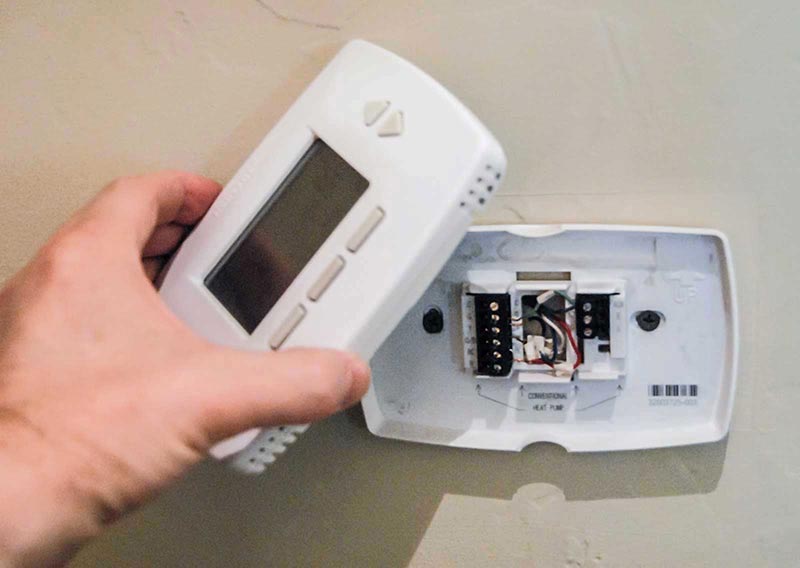
Troubleshooting Heat Pump Starting Capacitor Failure
As noted earlier, you’ll know your heat pump has a broken starting capacitor if it produces a clicking sound as it starts or a constant buzz after starting. In this case, call in a local HVAC technician to confirm and replace the failed capacitor.
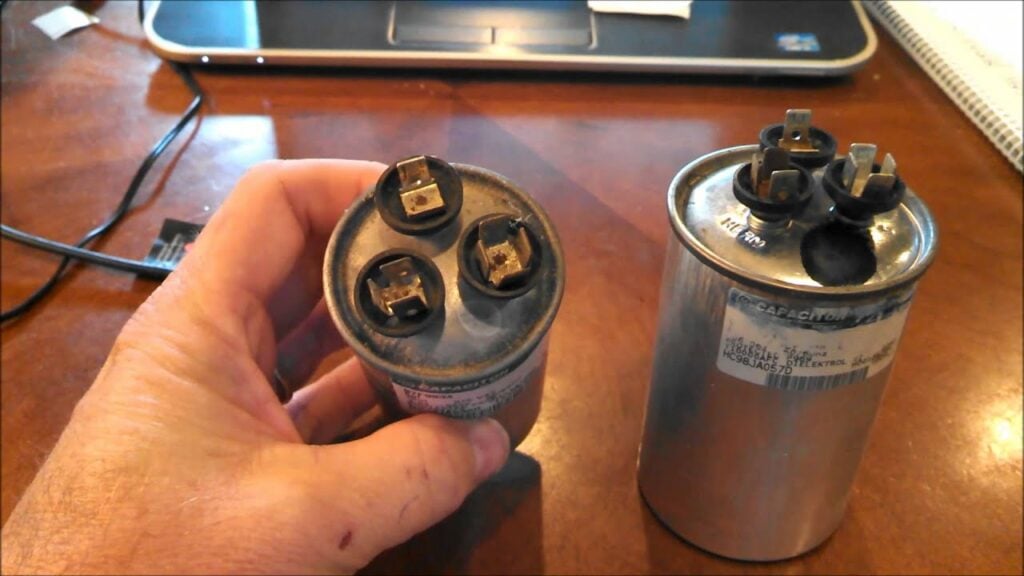
Conclusion
When a heat pump doesn’t turn on, you can troubleshoot it and rectify some of the issues yourself or call in an HVAC professional to help with complex problems such as frequent breaker tripping, starting capacitor failure, and thermostat electrical failure.
The main causes of a heat pump not turning on are power issues, thermostat problems, and starting capacitor failure. It’s always advisable to check for power issues first before checking the condition of the thermostat and the starting capacitor.
